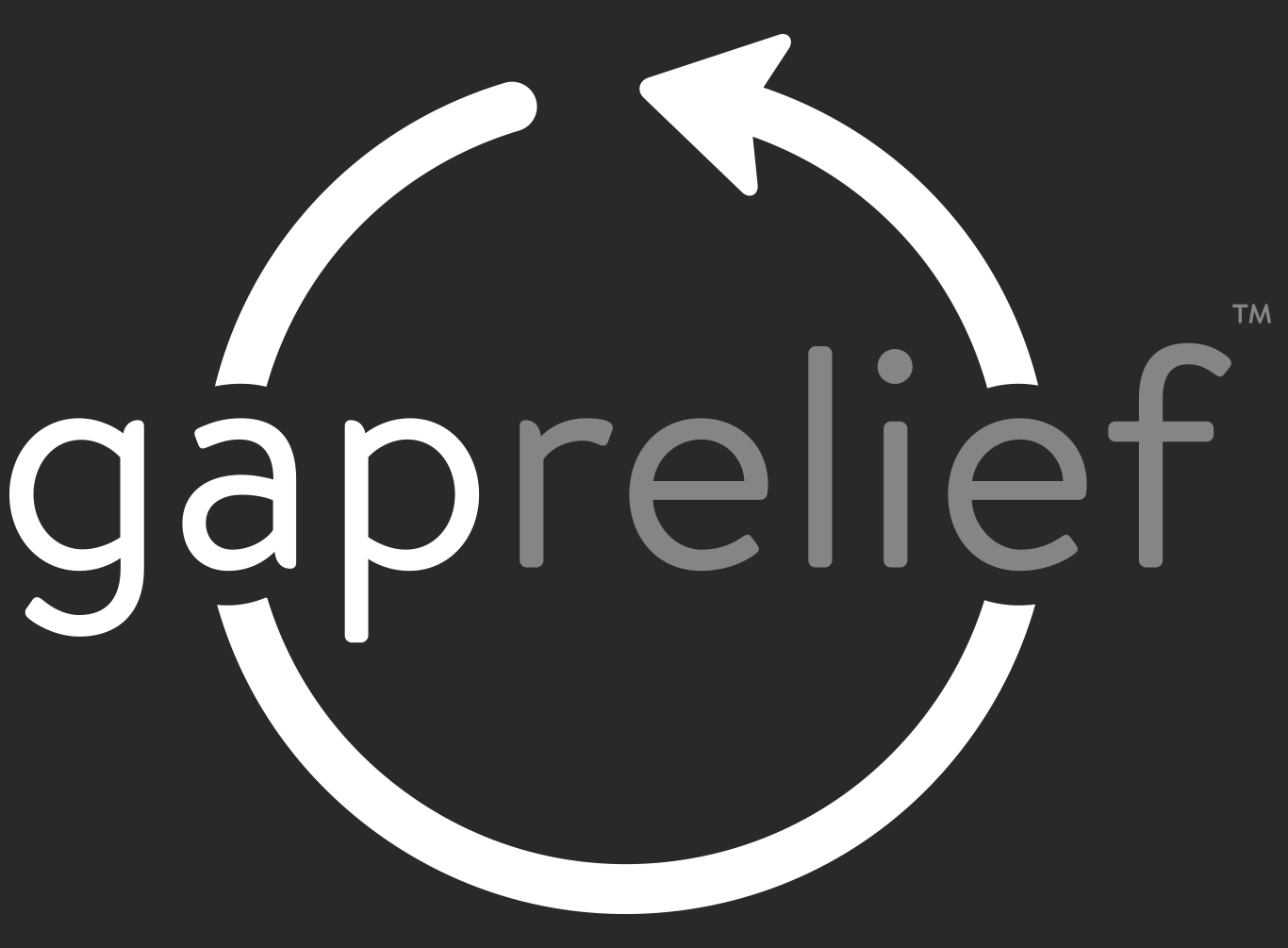Both Sides Are Fighting for the Same Thing
5 minute read
We know that when we experience trauma or even simply a disappointment, it creates a need within us. The way we express that need–or even more, our attempts to have that need met–lead to our outward behaviors, which is what others see. This whole process is what we call in counseling “a cycle.” It is extremely important to note that while the external behavior of an individual is often what is observable, it is only one part of what is actually occurring within that person.
When two opposing forces are both in a cycle together, it creates conflict. This conflict is where the polarizing issues in life reside, and this conflict offers us as humans the opportunity to either work through it–or let it destroy us.
Those in the helper community find themselves in the crux of conflict often, regularly immersing themselves in the experiences of people who may have very opposing experiences or opinions on the issue at hand–whatever that issue may be. At Gap Relief, we regularly find ourselves in the position of helping those on opposite sides of a conflict see that they are often fighting for the exact. same. things.
We see this play out in 3 major ways.
Disclaimer: We know that in some cases, severe mental health difficulties or other factors can be present in gaps and conflict. In these cases, we would never want to oversimplify the issue and recognize that what is described below may be incomplete.
In our communities. In the video above, Kade uses the example of law enforcement to demonstrate this idea. In our work with first responders, we see so often the disconnect between the community and those tasked with protecting it.
Kade explains that it is a law enforcement officer’s job to stay curious when engaging the community–learning to see beyond the observable behavior that his eyes can see to the thoughts and emotions underneath the behavior in front of him. During a chaotic or dangerous situation, it’s an officer’s job to ask themselves why a member of the community might be behaving the way that they are, what happened before the incident at hand, and how they themselves can stay regulated in order to protect and serve. As they stay curious instead of making quick assumptions based only on outward behavior, they can meet the actual need and hopefully resolve the issue much quicker.
On the flip side, if the community engages law enforcement with curiosity as well, an atmosphere of kindness grows. Asking ourselves questions like “What may have happened before this that made this officer feel unsafe here?” or “How many shifts in a row has this officer been working?” can foster continued curiosity, which in turn fosters increased kindness and understanding. Whether curiosity is moving from an officer towards a community member or vice versa, seeking to “see beyond what our eyes can see” can often close gaps in understanding and connection.
Will it always be realistic or possible to pause and stay curious in the moment when we are observing behavior that doesn’t make sense to us? No, and we recognize that wholeheartedly. But does curiosity often happen even when it is realistic or possible? While it may happen at times, the majority of human experience would point to the likelihood that curiosity is often the exception rather than the norm. And therein lies a disconnect, which often leads to a resulting cycle. But in this example with law enforcement, what are both sides ultimately fighting for? Often (not always), they are fighting for the exact same thing: HEALTH AND SAFETY for their community.
We see this show up in so many other helper circles like education, healthcare, foster and adoptive families, and the list goes on. It is our mission, true to our name, to help Relieve Gaps within our community. At times, this begins with helping those on opposite sides of an issue to see that they may actually both fighting for the same thing.
In our relationships. This shows up most obviously in marriage, but it is a reality for most of our deeper connections. Both sides are fighting for love and affection, but because of factors like personal trauma, the way we grew up, and the way we believe the world works, we fight for it in different ways that are often bumping up against one another.
As trauma counselors and coaches, we are often working to show both parties that they are each simply trying to have their own needs met. Most of us in deep relationships are often looking to have reasonable needs met–but at times find ourselves utilizing ineffective or unhelpful (and often unconscious) behaviors or communication patterns to try to fight for these needs. This is where conflict occurs as each member of the relationship reacts to the other’s attempts at getting their needs met, often not understanding the behavior in front of them. But underneath the conflict, both parties are often fighting for the same connectedness, love, and affection.
In ourselves. In the video, Kade expresses that this is one of the most interesting parts of his job: to see how the different parts of ourselves can often cause conflict within our own heart, mind, and body. We have parts of us that represent our different seasons of life, how we are shaped by our experiences, any trauma we’ve seen, and so on. These parts all share a general understanding of who we are, but when something happens that makes sense to one part but completely opposes another, our system can wage war on itself.
This is why healing work is so important. It benefits everyone when we are willing to do the good work to process our experiences and see our communities, our relationships, and ourselves with new, more compassionate, and more trauma-informed eyes.
It is our honor to stand in and Relieve these Gaps alongside our community helpers!

